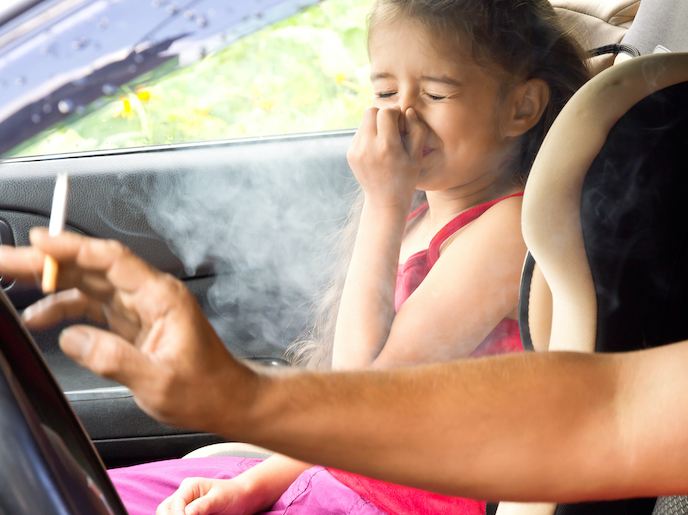Time to act on passive smoking as new evidence of health risks emerges
Despite European countries’ existing smoking bans within public buildings and elsewhere, scientists have found solid new evidence that exposure to second-hand smoke among non-smokers and children is still worryingly high and affects their health. A series of coordinated studies on the effects of passive smoking across 12 European countries under the TackSHS project found that, on average, second-hand fumes from smoking tobacco affects 31 % of the population, ranging from 68 % of the population in Greece to 24 % in Ireland. “We know that across these countries 26 % of the adult population are smokers – 31 % men and 21 % women. But the proportion of people exposed to their smoke is as high as 31 %,” says project coordinator Esteve Fernández Muñoz, professor and director from the Tobacco Control Unit at the Catalan Institute of Oncology, Barcelona, Spain. Passive smoking is a concern in workplaces, private homes and cars, but particularly in public venues such as bars, cafes and restaurants even on their outdoor terraces, he says. He stresses the data indicates governments must now regulate against smoking in cars and outdoor areas frequented by children. “Using environmental biomarkers, we studied exposure to second-hand smoke in areas scarcely studied previously such as public open spaces,” Fernández says. “We interviewed representative samples of the population – 1 000 in each country – and were able to combine this information with air sample data in different locations.”
Effect on children
“Smoking at the school gates and in playgrounds as well as in the home and in cars is present in all European countries and can particularly affect children,” Fernández notes. “Smoke levels in smokers’ cars are very high, with nicotine concentrations exceeding those observed in smokers’ homes – which itself contributes the highest exposure to passive smoking in Europe.” In 2017 alone, among children aged 0-14 years, exposure to second-hand smoke at home was associated with 344 deaths (1.5 % of total deaths in children) and in non-smoking adults it was responsible for 30 000 deaths, Fernández says. “We have studied the burden of disease attributable to second-hand smoke exposure and it is very high. For example, among the diseases we know are causally linked to second-hand smoke exposure, 72 % of low birth weights and 13 % of lower respiratory tract infections in children are attributable to second-hand smoke exposure.”
Risks to health
Tobacco smoke contains some 69 toxicants, including several carcinogens, and is the reason some non-smokers develop lung cancer or heart disease, he explains. “From previous studies we know the risk of lung cancer among non-smokers passively exposed to tobacco smoke is 20 % higher than the risk of a non-smoker who is not exposed,” Fernández adds. The TackSHS survey information was used to compute the attributable risk of second-hand exposure for morbidity. “In adults, we estimate that 30 % of systemic heart disease, 27 % of chronic obstructive pulmonary disease, 15 % of strokes and 12 % of lung cancers are due to second-hand smoke exposure.” E-cigarettes also affect health due to the emission of their nicotine-laden aerosols, even though they contain fewer toxic components than tobacco smoke. “They contain nicotine and some carcinogens, although at lower concentrations. We think that they are not completely safe,” says Fernández. “We measured the effects in non-users exposed to e-cigarette aerosols and found some nasal symptoms and throat irritations that were maintained for some hours after the exposure.”
Keywords
TackSHS, smoking, tobacco, e-cigarettes, nicotine, lung cancer, heart disease, smoking ban, passive smoking







